Key Concepts PYP
What are the PYP Key Concepts and how can they be utilised to develop deeper conceptual understanding?


What are the PYP Key Concepts and how can they be utilised to develop deeper conceptual understanding?
The Primary Years Programme (PYP) is an inquiry-based learning framework that aims to develop the whole child, while identifying the importance of the educational, emotional, social, physical and cultural development of children aged between 3 and 12. The curriculum has greater grade level expectations from students as well as sets high standards. As learning information is a key part of the PYP program, more focus is given to the process of learning and students’ understanding and awareness of ways to learn. As students grow into lifelong learners, they realize that learning is related to finding answers, asking conceptual questions and being curious that results in asking deeper questions.
PYP stands for Primary Years Programme, and it's the core curriculum for students who study IB Diploma (the highest level). The PYP consists of four subjects: Language and Literature, Sciences, Humanities, and Arts. Each subject is divided into three units: General Studies, Key Concepts, and Extended Essay.
Students take the PYP over the course of six years, beginning when they're seven years old. They complete the program in three phases: Pre-IB, IB Diploma, and Post-IB.
General studies cover topics such as history, geography, mathematics, science, social sciences, technology, and world languages. Key concepts include the five knowledge areas: People & Society; Natural Science; Technology & Engineering; Mathematics; and Design & Production. Finally, extended essays require students to apply their knowledge to real-world problems.
The PYP framework includes 5 essential elements:
These elements are created through 6 themes which are applicable across all of the subjects. The themes include:
The breadth of knowledge is investigated from global and local perspectives within a unit of inquiry. The IB standards are supported by an effective approach to teaching and follow best practices in education. Experienced educators collaborate while planning units of inquiry both as a whole faculty and as grade teachers belonging to any grade level team.
The IB retains a learner profile of particular skills that schools must build in learners at every grade of IB which has a positive effect on school culture. The IB Learner Profile strives to develop students into reflective individuals, risk-takers, thinkers, inquirers, principled, communicators, knowledgeable, balanced, caring and open-minded. The main objective of all IB programmes and PYP, as mentioned by the International Baccalaureate Organization, is to “develop globally minded persons who, identifying their mutual humanity and shared control of the planet, help to build a more peaceful and better world. Many schools strive to achieve the goal of developing lifelong students who positively contribute to society.
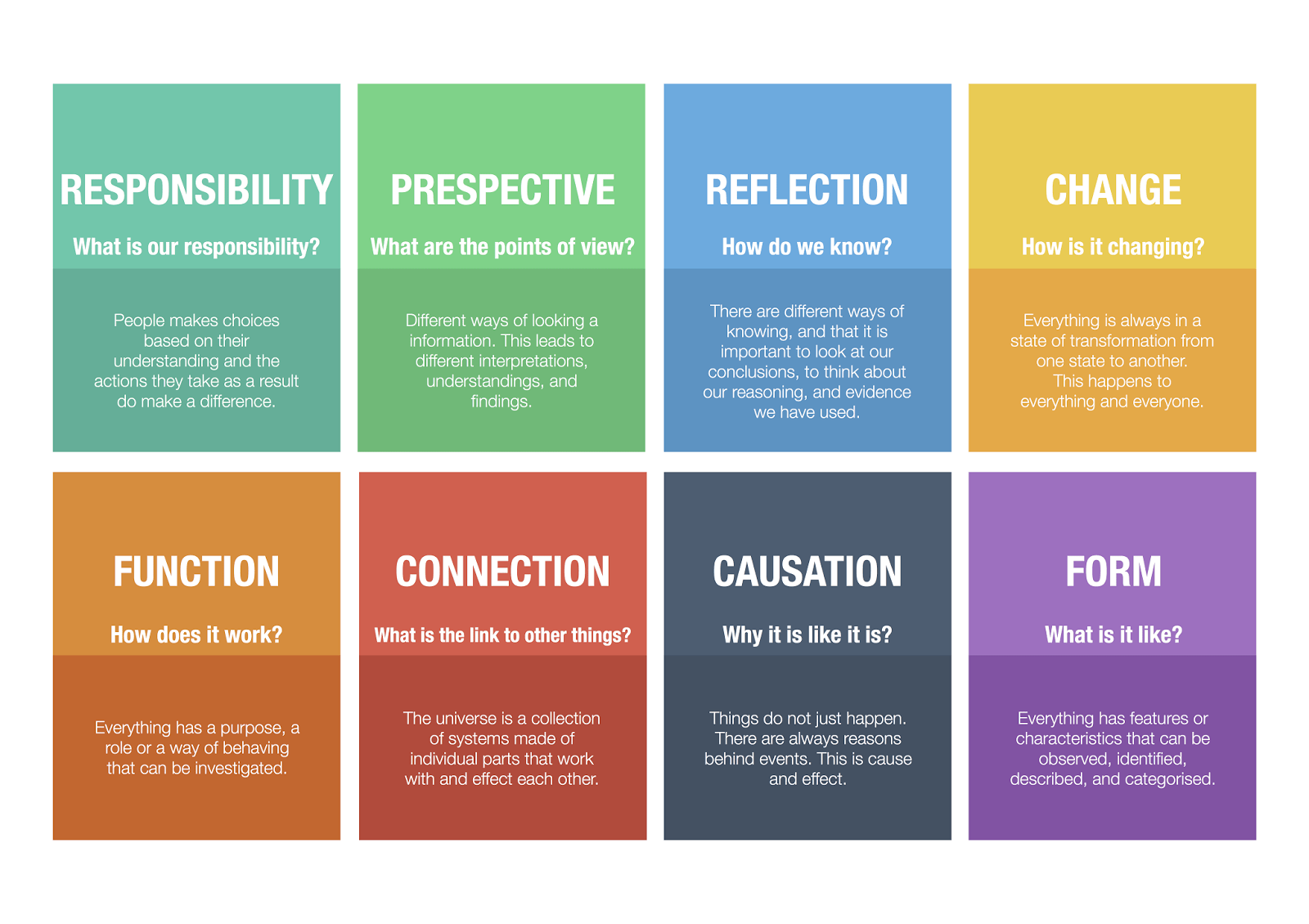
The International Baccalaureate (IB) Primary Years Programme includes 8 PYP Key Concepts, which students need to apply to their learning to give their inquiries meaning and direction.
The concepts that drive the PYP are abstract, timeless and universal.
In every unit of inquiry, these PYP Key Concepts are identified, so students can apply them to various topics. Also, they could use any one of these concepts across different contexts or topics, helping them to make engaging, incisive observations and learn beyond the regular curriculum design. For example, they might be able to make connections between concepts present in both art and mathematics (like patterns).
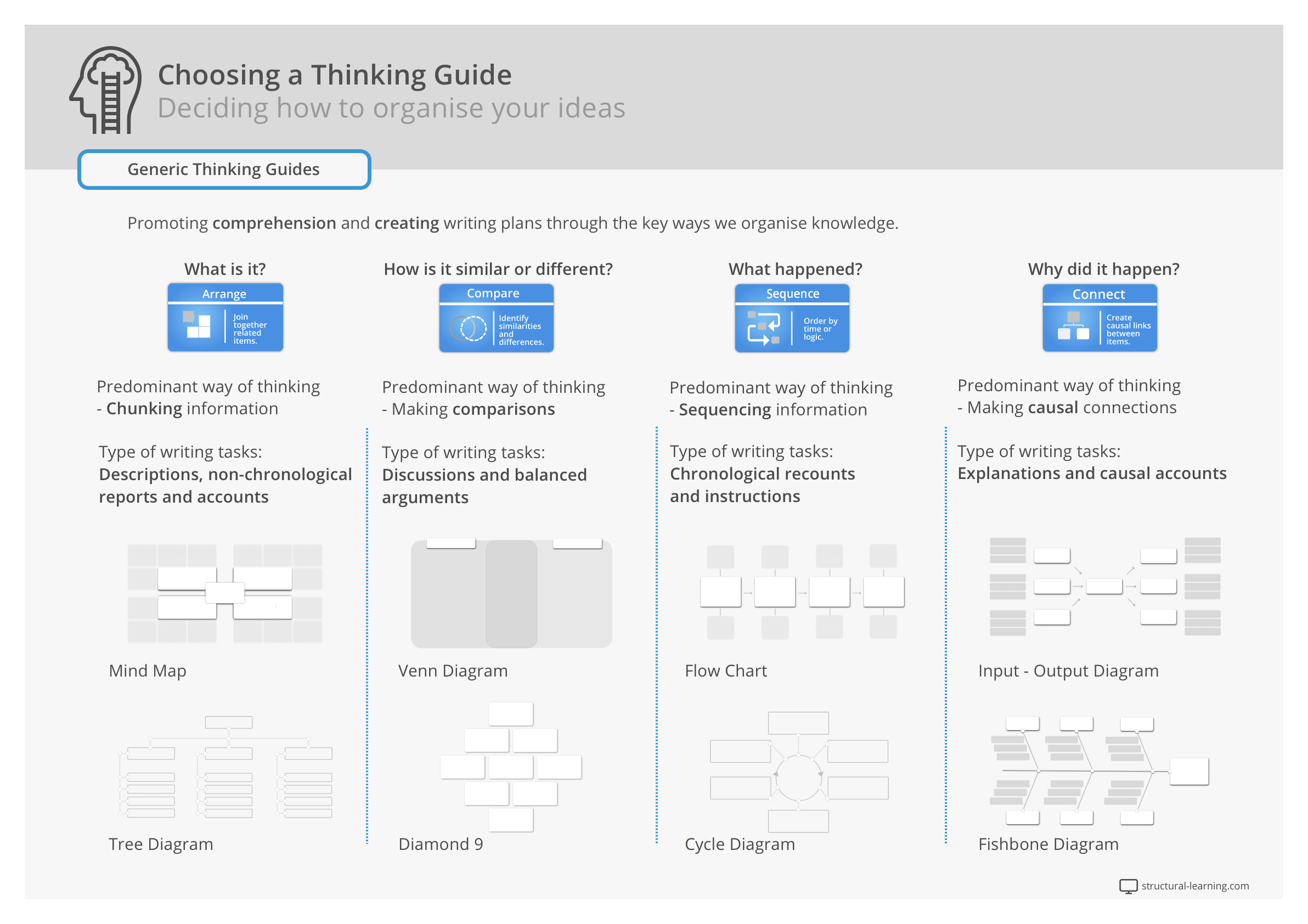
The IB maintains a learner profile of specific skills that schools must develop in students at every level of IB which has a positive impact on school culture.
The PYP key concepts have been established to be universal, abstract and timeless. They help students to engage in abstract thinking and conceptual thinking to cope-with tricky ideas.
PYP Key Concepts can help learners to deal with knowledge in transdisciplinary themes, which the IB intends to encourage. This kind of learning is not limited to factual concepts and content, helping students to engage with broader concepts that can motivate inquisitive, creative and critical thinking.
There are eight key concepts identified by the PYP. These concepts are formed to encourage an in-depth understanding of conceptual topics, opposite to a 2-dimensional facts repetition. By promoting deeper levels of engagement with learning, the PYP can assist students to acquire some crucial transferable skills to implement in all their topics and even in their professional life.
Enquiry learning process rooted in concepts can help promote proper meaning and deeper understanding while enabling learners to tackle abstract organizing ideas and topics. Conceptual learning is also crucial for encouraging an interdisciplinary approach, whereby links are made between different subjects and content. This ability to link across topics is vital in further education, as well as beyond school, so it’s an important skill to encourage.
Concepts help to learn community go far beyond the basic facts, leading to a truly in-depth conceptual understanding and inquisitive approach to learning.
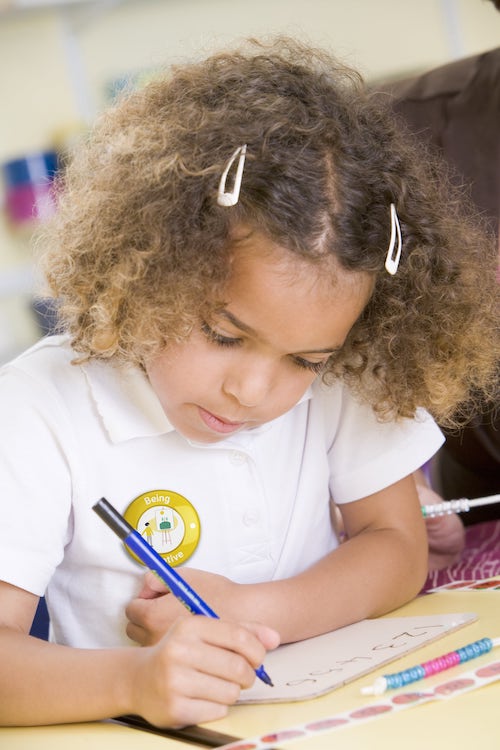
The Approaches to Learning in PYP include transdisciplinary themes that are important for students learning both inside and outside the classroom. These are the tools that students use across all subject areas to develop into successful students. Students get the opportunity to practice these skills and reflect on how they apply these skills to their everyday learning.

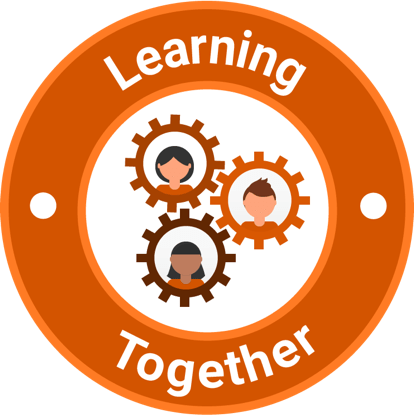
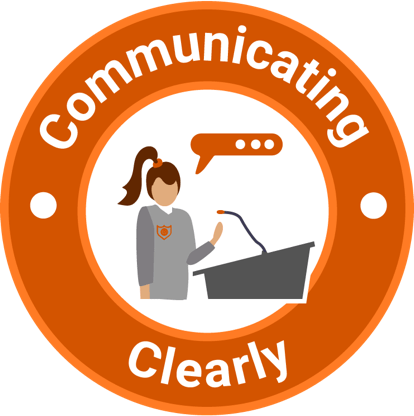

How do we develop the deeper conceptual learning we all strive for? It's not just about letting students run with their own ideas through enquiry-based learning. Meaningful questions, appropriate scaffolding and connection-making activities all play an important part within concept-based teaching. Concept-driven learning requires students to take a satellite view of what they are learning and imagine the sometimes hidden implications.
This type of pedagogy requires placing thinking skills higher up the agenda. Whilst remembering facts and figures is important, the emphasis of concept-driven teaching is helping students understand the bigger picture. Whether you are examining concepts of causation or concepts of perspective, students will need to see the
The Primary Years Programme (PYP) is an inquiry-based learning framework that aims to develop the whole child, while identifying the importance of the educational, emotional, social, physical and cultural development of children aged between 3 and 12. The curriculum has greater grade level expectations from students as well as sets high standards. As learning information is a key part of the PYP program, more focus is given to the process of learning and students’ understanding and awareness of ways to learn. As students grow into lifelong learners, they realize that learning is related to finding answers, asking conceptual questions and being curious that results in asking deeper questions.
PYP stands for Primary Years Programme, and it's the core curriculum for students who study IB Diploma (the highest level). The PYP consists of four subjects: Language and Literature, Sciences, Humanities, and Arts. Each subject is divided into three units: General Studies, Key Concepts, and Extended Essay.
Students take the PYP over the course of six years, beginning when they're seven years old. They complete the program in three phases: Pre-IB, IB Diploma, and Post-IB.
General studies cover topics such as history, geography, mathematics, science, social sciences, technology, and world languages. Key concepts include the five knowledge areas: People & Society; Natural Science; Technology & Engineering; Mathematics; and Design & Production. Finally, extended essays require students to apply their knowledge to real-world problems.
The PYP framework includes 5 essential elements:
These elements are created through 6 themes which are applicable across all of the subjects. The themes include:
The breadth of knowledge is investigated from global and local perspectives within a unit of inquiry. The IB standards are supported by an effective approach to teaching and follow best practices in education. Experienced educators collaborate while planning units of inquiry both as a whole faculty and as grade teachers belonging to any grade level team.
The IB retains a learner profile of particular skills that schools must build in learners at every grade of IB which has a positive effect on school culture. The IB Learner Profile strives to develop students into reflective individuals, risk-takers, thinkers, inquirers, principled, communicators, knowledgeable, balanced, caring and open-minded. The main objective of all IB programmes and PYP, as mentioned by the International Baccalaureate Organization, is to “develop globally minded persons who, identifying their mutual humanity and shared control of the planet, help to build a more peaceful and better world. Many schools strive to achieve the goal of developing lifelong students who positively contribute to society.

The International Baccalaureate (IB) Primary Years Programme includes 8 PYP Key Concepts, which students need to apply to their learning to give their inquiries meaning and direction.
The concepts that drive the PYP are abstract, timeless and universal.
In every unit of inquiry, these PYP Key Concepts are identified, so students can apply them to various topics. Also, they could use any one of these concepts across different contexts or topics, helping them to make engaging, incisive observations and learn beyond the regular curriculum design. For example, they might be able to make connections between concepts present in both art and mathematics (like patterns).

The IB maintains a learner profile of specific skills that schools must develop in students at every level of IB which has a positive impact on school culture.
The PYP key concepts have been established to be universal, abstract and timeless. They help students to engage in abstract thinking and conceptual thinking to cope-with tricky ideas.
PYP Key Concepts can help learners to deal with knowledge in transdisciplinary themes, which the IB intends to encourage. This kind of learning is not limited to factual concepts and content, helping students to engage with broader concepts that can motivate inquisitive, creative and critical thinking.
There are eight key concepts identified by the PYP. These concepts are formed to encourage an in-depth understanding of conceptual topics, opposite to a 2-dimensional facts repetition. By promoting deeper levels of engagement with learning, the PYP can assist students to acquire some crucial transferable skills to implement in all their topics and even in their professional life.
Enquiry learning process rooted in concepts can help promote proper meaning and deeper understanding while enabling learners to tackle abstract organizing ideas and topics. Conceptual learning is also crucial for encouraging an interdisciplinary approach, whereby links are made between different subjects and content. This ability to link across topics is vital in further education, as well as beyond school, so it’s an important skill to encourage.
Concepts help to learn community go far beyond the basic facts, leading to a truly in-depth conceptual understanding and inquisitive approach to learning.

The Approaches to Learning in PYP include transdisciplinary themes that are important for students learning both inside and outside the classroom. These are the tools that students use across all subject areas to develop into successful students. Students get the opportunity to practice these skills and reflect on how they apply these skills to their everyday learning.




How do we develop the deeper conceptual learning we all strive for? It's not just about letting students run with their own ideas through enquiry-based learning. Meaningful questions, appropriate scaffolding and connection-making activities all play an important part within concept-based teaching. Concept-driven learning requires students to take a satellite view of what they are learning and imagine the sometimes hidden implications.
This type of pedagogy requires placing thinking skills higher up the agenda. Whilst remembering facts and figures is important, the emphasis of concept-driven teaching is helping students understand the bigger picture. Whether you are examining concepts of causation or concepts of perspective, students will need to see the Curriculum